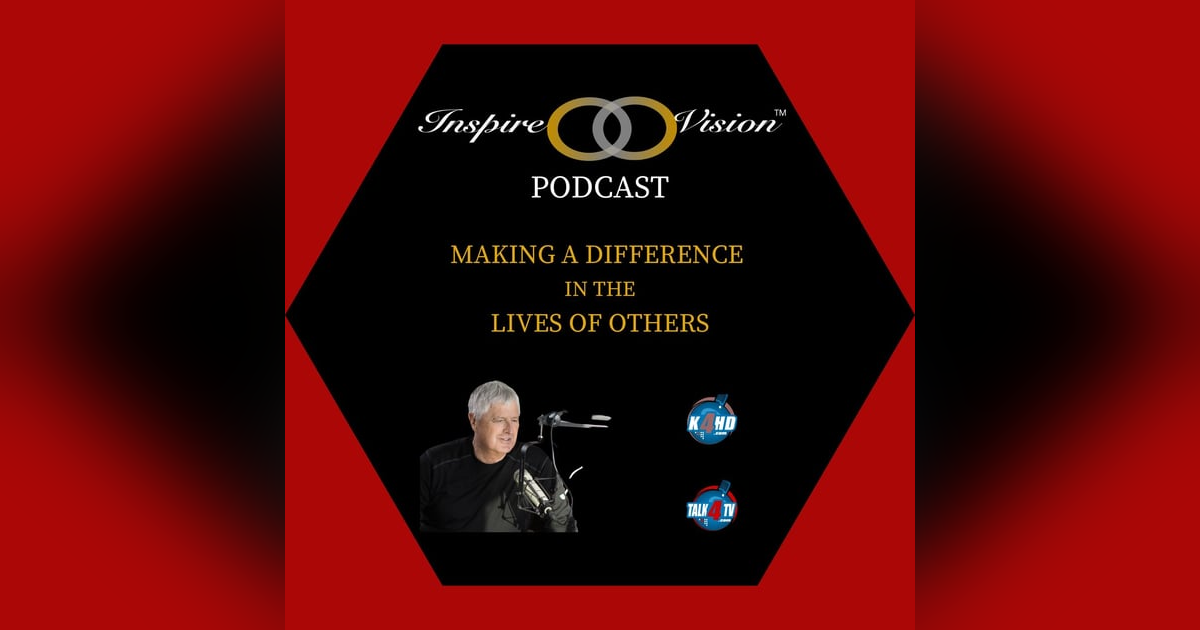Meditation: What Is Best For You?

Silent, Hemi-Sync, binaural beats, and solfeggio frequencies are all techniques used to alter brainwave activity during meditation, but they work in slightly different ways:
- Hemi-Sync: Developed by The Monroe Institute, Hemi-Sync involves listening to specific audio patterns containing slightly different frequencies in each ear. These frequencies are designed to synchronize brainwaves, promoting relaxation, focus, and altered states of consciousness.
- Binaural Beats: Binaural beats work similarly to Hemi-Sync, but they typically involve listening to two tones of slightly different frequencies simultaneously, one in each ear. The brain perceives a third tone, which is the difference between the two frequencies. This process can entrain the brain to a specific frequency, potentially inducing desired mental states such as relaxation or concentration.
- Solfeggio Frequencies: Solfeggio frequencies are a set of tones used in ancient music traditions, believed to have healing and spiritual properties. They are said to resonate with specific energy centers or chakras in the body, promoting balance and harmony. Each frequency is associated with a different effect, such as relaxation, intuition, or spiritual awakening.
As for scientific evidence of effectiveness, research on these techniques is ongoing, and results are mixed. Some studies suggest that binaural beats can influence brainwave activity and may have benefits for relaxation and focus. However, more research is needed to fully understand their effects on meditation and mental health.
Similarly, there is limited scientific research specifically on the efficacy of Hemi-Sync and solfeggio frequencies in meditation. While anecdotal reports and some small-scale studies suggest potential benefits, more rigorous research is needed to determine their effectiveness and mechanisms of action.
Ultimately, the most effective technique for meditation varies from person to person. Some individuals may find one method more beneficial than others based on their preferences and experiences. It’s essential to explore different techniques and find what works best for you personally.
Silent meditation, as taught by Buddha and practiced in various Buddhist traditions, focuses on mindfulness and concentration without the use of external stimuli such as music or audio tones. Here’s how it compares to techniques like Hemi-Sync, binaural beats, and solfeggio frequencies:
- Focus: In silent meditation, the focus is on mindfulness of breath, bodily sensations, thoughts, or other objects of meditation. The aim is to cultivate present-moment awareness and develop insight into the nature of reality. In contrast, techniques like Hemi-Sync and binaural beats use external stimuli to influence brainwave activity and induce specific mental states.
- Simplicity: Silent meditation emphasizes simplicity and direct awareness without relying on external aids. Practitioners learn to observe the mind and cultivate inner stillness without the need for external inputs. Techniques involving binaural beats or solfeggio frequencies add an additional layer of sensory input to the meditation experience.
- Cultural and Spiritual Context: Silent meditation practices often have deep cultural and spiritual roots, particularly within Buddhist traditions. They may involve specific techniques and teachings passed down through generations and integrated into broader philosophical frameworks. In contrast, techniques like binaural beats and solfeggio frequencies are relatively modern innovations, often divorced from specific cultural or spiritual contexts.
- Scientific Research: While there is growing scientific interest in the benefits of silent meditation, including mindfulness-based practices, research on its effects is more extensive than that on binaural beats, Hemi-Sync, or solfeggio frequencies. Studies have shown that silent meditation can have a range of benefits for mental and physical health, including stress reduction, improved focus, and emotional regulation.
In summary, silent meditation, as taught by Buddha and practiced in Buddhist traditions, emphasizes mindfulness, simplicity, and direct awareness without the need for external stimuli. While techniques like Hemi-Sync, binaural beats, and solfeggio frequencies offer alternative approaches to meditation with potential benefits, they involve external aids and have a different focus compared to the traditional silent meditation taught by Buddha.
































